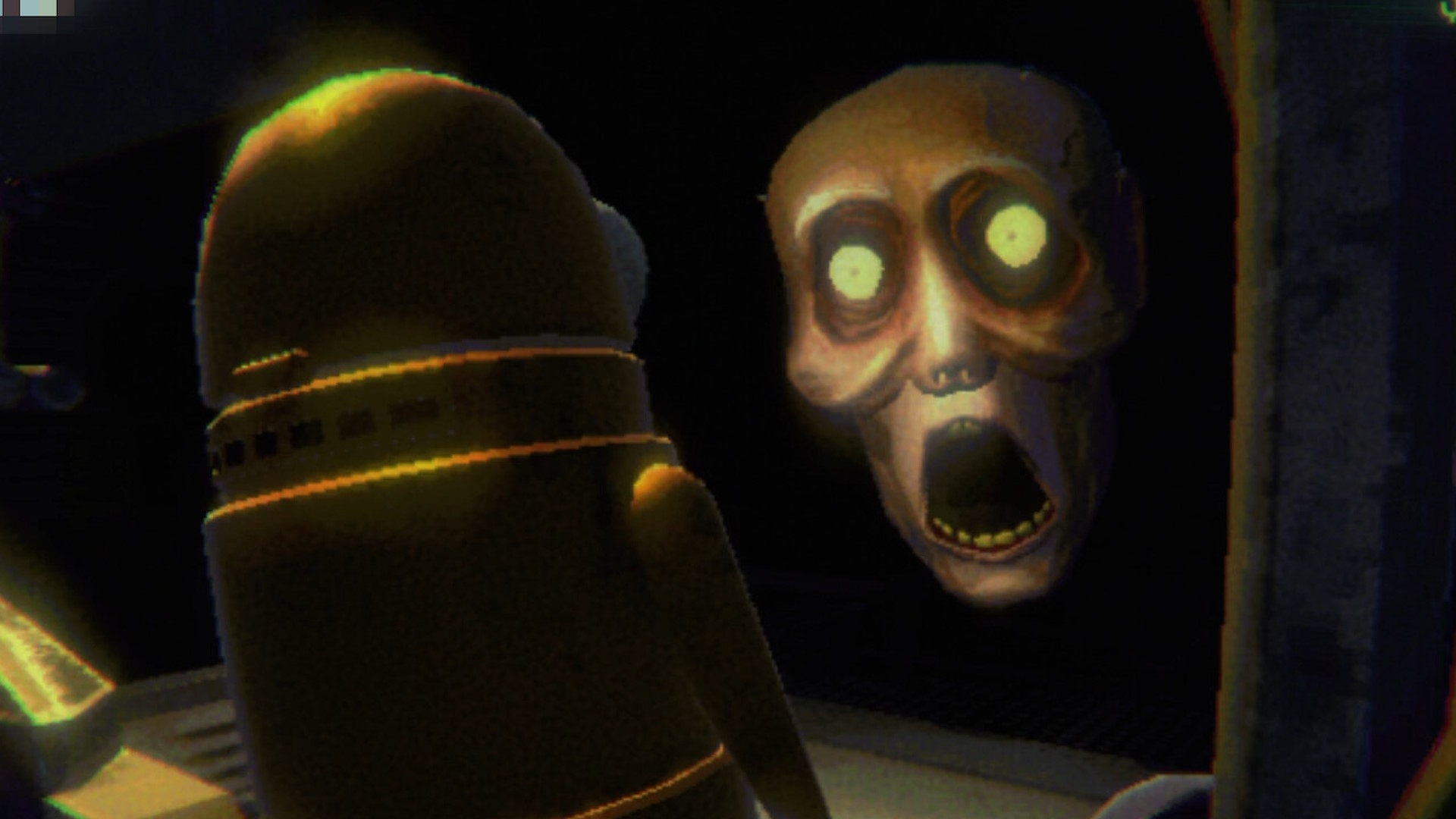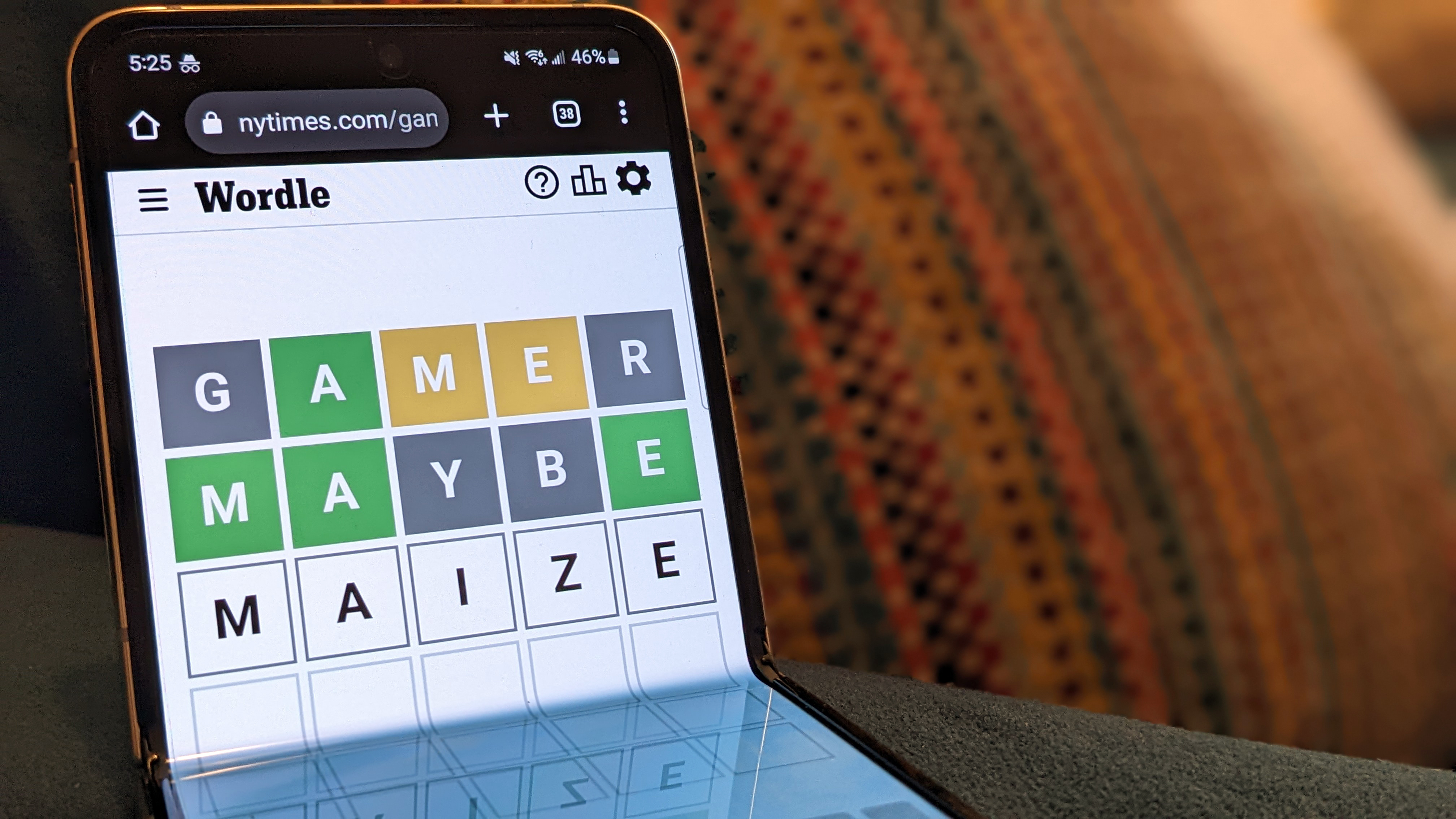
Lady in the Lake Review
Natalie Portman is the latest A-Lister to fall under Apple TV+’s fresh-cash-scented spell – and the latest to be burned by it. Lady in the Lake is an unfortunate pick for Portman’s first-ever leading role in a TV show: a self-satisfied crime thriller that is somehow both tepid and annoying, trapping Portman in an unflattering, even infuriating role.
In 1966 Baltimore, Maddie Schwartz (Portman) is a dissatisfied housewife yearning for something more fulfilling than making brisket for her ungrateful husband Milton (Brett Gelman) and son Seth (Noah Jupe). She happens upon the perfect chance to realize her teen dreams of becoming a star reporter when Tessie Durst (Bianca Belle), the daughter of her childhood flame (future Superman himself, a very shout-y David Corenswet) turns up dead – and she’s the one who finds the body.
But Lady in the Lake is also the story of Cleo Johnson (Moses Ingram), the “lady in the lake” in question. Cleo, a struggling mother and wife whose illegal bookkeeping job puts her in serious danger, turns up dead in the same lake where Maddie found Tessie. We know this from the very beginning, as she tells us herself in droning narration. Using Cleo’s voiceover to connect them, Maddie and Cleo’s stories unfold in parallel for the majority of the show’s seven episodes. The promise (from Cleo herself in that incessant narration) is that they will intersect at some point, but it’s hard to get excited about Cleo, whose life is relentlessly heartbreaking, crossing paths with someone as narcissistic as Maddie. But when they do, their meeting is so illogical that it seems like Lady in the Lake never meant for them to meet in the first place.
Still, the show tries to convince us of two things: That Maddie and Cleo’s dramas have similarly high stakes, and that their fateful meeting is worth waiting for. It fails to do either, but really bungles the latter. Cleo’s life is filled with a ton of legitimate hardship, from a sick child to her connection to a crime lord. (Also, the first thing we learn about Cleo is that she ends up dead in a lake.) Meanwhile, Maddie stars in a crime thriller of her own design, as she throws herself into a murder mystery she has no business being part of – nowhere near a sympathetic storyline, compared to what Cleo’s up against.
It’s hard to tell if Lady in the Lake sees Maddie’s attempt to solve Tessie’s murder as righteous or the act of an antihero. The show sure treats her like the latter, though, making it much easier to root against Maddie than for her. She puts herself first at every chance to further her journalism career: walking out on her family, manipulating the mentally ill for her own gain, and using the fact that she’s a mother as a convenient excuse for why her obsession with Tessie has gone as far as it has, despite dismissing her only son at every turn. And, as was common for a wealthy white woman in racially divided 1960s Baltimore, she’s racially ignorant, which becomes increasingly, painfully obvious when she starts sleeping with a Black police officer (Y’lan Noel). The only person who can put up with Maddie is a high-as-hell teenage hippie named Judith, played by Better Things and Anora breakout Mikey Madison in a godawful wig – not exactly the greatest vote of confidence.
The show, which is based on a novel by Laura Lippman, mostly finds superficial things in common between Maddie and Cleo: that they’re mothers of sons and wives with big dreams. To its credit, it also explores another similarity between the two by delving into their marginalized identities. Maddie is Jewish, and her community and faith are clearly important to her. But like with everything else in her life, she brings this up when it’s most convenient, a shortcut to getting her way with something or someone. Meanwhile, Cleo’s Blackness is unignorable, and it influences every aspect of her story: her financial struggle, her politics, and even her death. Lady in the Lake seems proud of itself for contrasting Cleo and Maddie in these ways, making use of its period setting for something other than window dressing (and making Natalie Portman do a ridiculous Mid-Atlantic accent). Yet it often comes across as heavy-handed, as if the show knows how there’s nothing else of substance connecting these two characters who the show insists must be connected.
But if Lady in the Lake were just about Cleo or just about Maddie, it would likely be even less compelling. Both stories are thin as standalones, and structured similarly: Maddie uncovers a possible new lead in the Tessie case, which forces her to self-reflect. Cleo suffers another setback that brings her deeper into her downward spiral toward crime and death. To beef the episodes up, Lady in the Lake throws in several flashbacks to Maddie’s days as a promiscuous teen reporter, with Portman playing a surprisingly convincing, possibly digitally de-aged 17-year-old version of herself. But they don’t actually tell us much more about Maddie than we already know, and Maddie herself ruins any sympathy they’re meant to generate for her.
The other way the show tries to distinguish itself is in its occasional bouts of surrealism and even gore, particularly in its wacky penultimate episode. But these touches feel truly out of nowhere and make little sense to the plot, especially one that’s meant to be a big character reveal that tells us nothing and instead just looks kind of cool in its weirdness. Other moments of stylistic flair are notable for their rarity: Lady in the Lake is as visually bleak and drab as it is on a storytelling level.








